
Holograms provide a three-dimensional perspective of objects, creating a realistic and immersive experience. They have applications in medical imaging, manufacturing, and virtual reality. However, because of their computationally intensive nature and the requirement for a particular camera, their creation is difficult, and their broad application is limited. Many Deep Learning Approach for producing holograms have [..]
Read More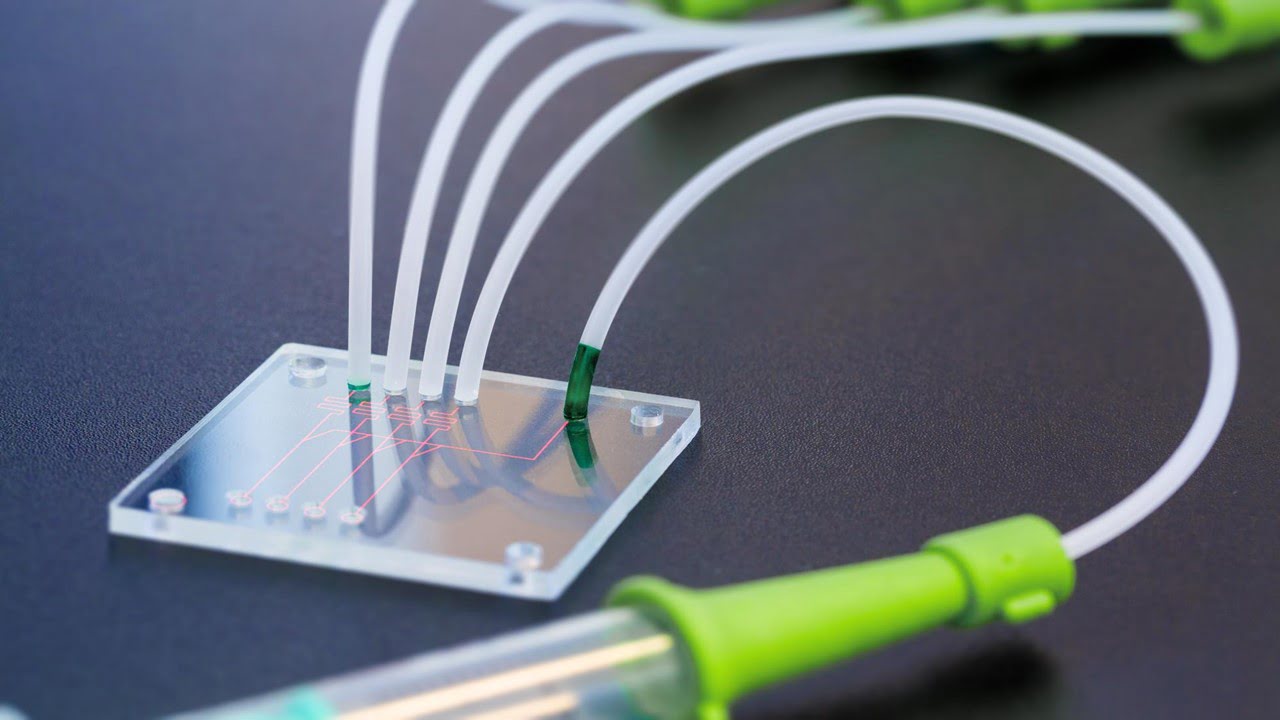
Rapid antimicrobial prescriptions are required when viable bacteria are in the blood or bacteremia, which can result in sepsis and bloodstream infection (BSI). Due to the lengthy nature of traditional antimicrobial susceptibility testing (AST), clinicians must rely on experience. In comparison to conventional approaches that take two days, researchers have created a BSI-AST chip for [..]
Read More
Because of its significant optical nonlinearity, wide transparency window, and strong electro-optic coefficient, thin-film lithium niobate (TFLN) presents a viable platform for integrated photonics. However, to fully utilize TFLN, additional lasers and photodetectors are necessary. Researchers merged a modified uni-traveling carrier photodiode wafer to improve bandwidth and responsiveness onto a TFLN wafer. LN waveguides and [..]
Read More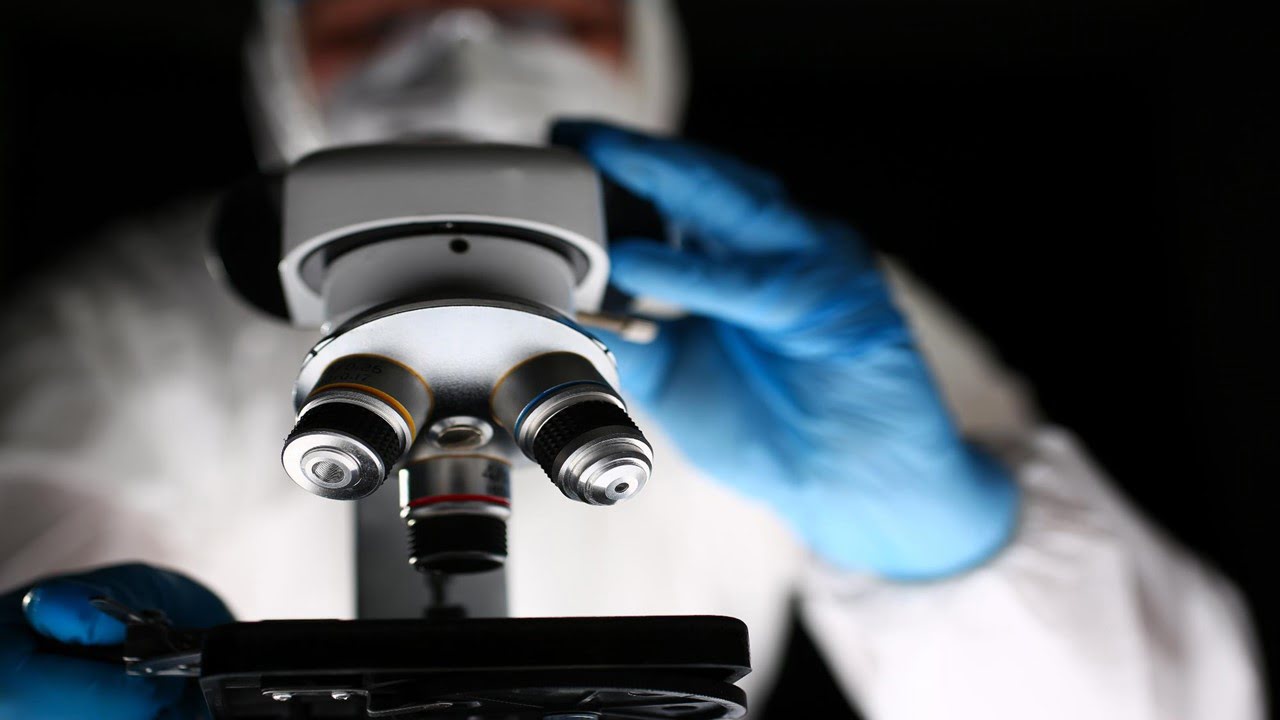
Following iDISCO+-based clearing and immunolabeling, researchers devised a protocol for the complete human eye’s light sheet fluorescence microscopy (LSFM). En-face observation of the fundus and resolution of retinal capillaries are made possible by this method’s ability to provide three-dimensional (3D) navigation and personalized presentation. This technique is helpful in anatomopathology and research because it gets [..]
Read More
Using reconstruction methods, researchers created an MSOT scanner that gathers sound waves and translates them into images. MSOT imaging, a medical imaging technology, can potentially diagnose and assess various disorders. Its processing time could be more feasible in clinical settings. Fast and low-quality picture reconstruction is possible with MSOT imaging methods. Long processing periods are [..]
Read More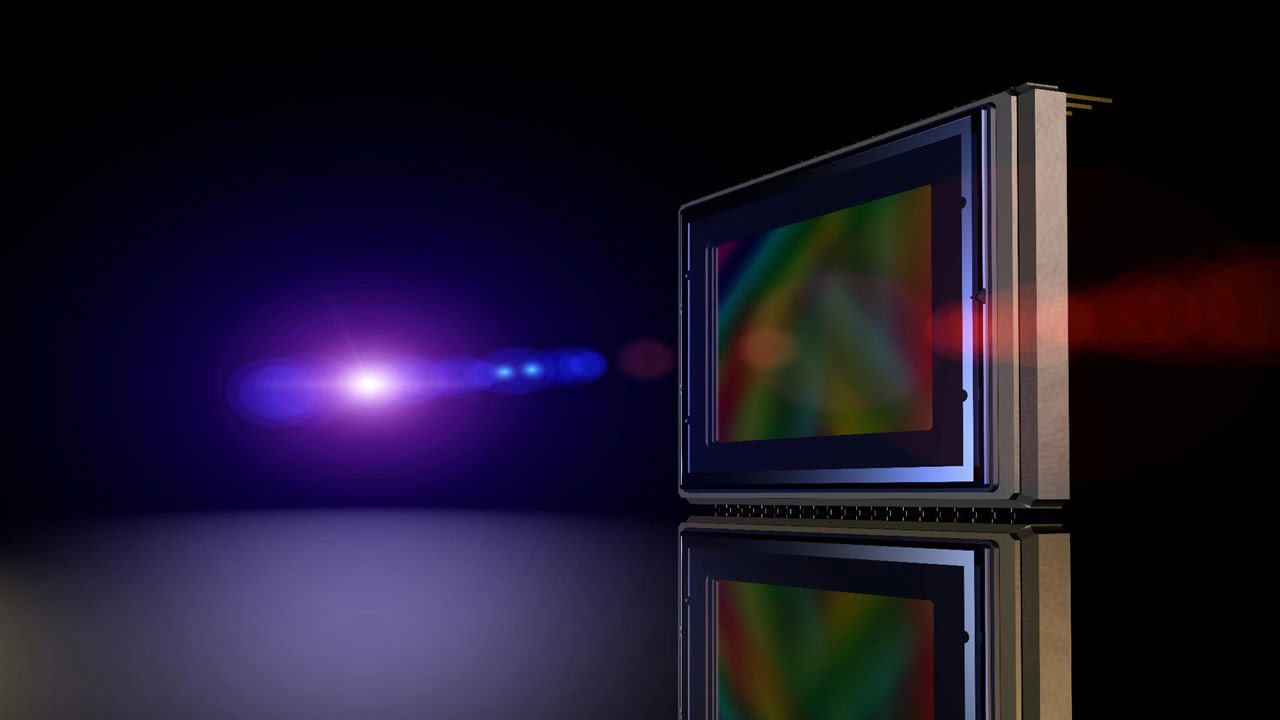
Scientists have created plasmonic plastic, a 3D-printable composite material with special optical qualities. This research has produced 3D-printed optical hydrogen sensors, which may be crucial to the industrial and energy shift toward green energy. Over the past 20 years, there has been a sharp increase in interest in plasmonic metal nanoparticles and all of their [..]
Read MoreResearchers have developed a nonrelativistic and nonmagnetic approach to generate Terahertz (THz) waves, which can be used to probe the magnetic properties of new materials. Researchers use the anisotropic electrical conductivity of particular materials to directly exploit laser-excited, high-density charge currents across nanoscale metallic surfaces to harness the power of these currents to generate THz [..]
Read More
Raman spectroscopy—a method of evaluating substances by shining monochromatic light over a sample and seeing the emerging dispersed light—has frustrated biologists for more than fifty years. During the optical measurements, the heat generated by the light nearly kills living proteins, leading to decreased and non-repeatable findings. It appears that these hassles may be the past [..]
Read More
Researchers’ creation of a palm-sized, all-glass femtosecond laser cavity has opened a new path toward free-space femtosecond lasers. Its design defies standard procedures because of its exact component alignment and downsizing. The innovation consists of micromachining a holder for optical components and separating flexural elements into a glass substrate using a commercial femtosecond laser. Using [..]
Read More
Polarimetric imaging, which considers the polarization of light in every pixel of an image, can provide a fuller view of an object than traditional cameras. Polarized light, made of electromagnetic waves, travels along a single plane or on a rotating plane. This technology can reveal information the human eye may miss, such as pointing out [..]
Read More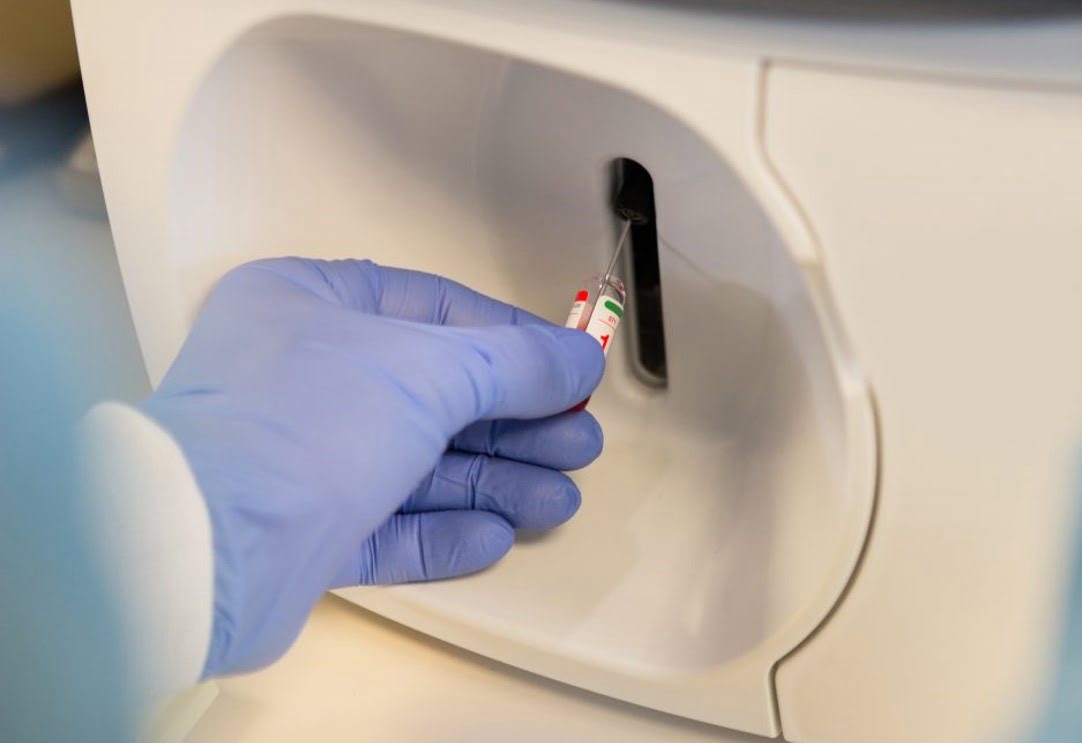
By examining exhaled air, researchers have created a non-invasive breath analyzer method to monitor the development of tiny blood clots called immunothrombosis. Due to inflammation, immunothrombosis can lead to serious consequences in individuals with severe COVID-19 and exacerbate sepsis, heart disease, diabetes, and other illnesses. The researchers created a non-invasive breath analyzer method that uses [..]
Read More
Researchers have created an optomechanical platform for superconducting circuits exhibiting high-fidelity quantum control and ultra-low quantum decoherence, the longest quantum state lifetime in a mechanical oscillator ever obtained results from their ground-breaking work with a “vacuum-gap drumhead capacitor,” opening up new possibilities in quantum computing and sensing. The challenge for optomechanical systems operating in the quantum [..]
Read More
Although chemotherapy is a highly effective cancer treatment, some cancer cells become resistant to it through a dormant phase known as senescence. These therapy-induced senescent (TIS) cells can develop resistance to treatment, even become aggressive, and spread. Early TIS cell detection may be essential to stopping their spread; however, the screening techniques must be more [..]
Read More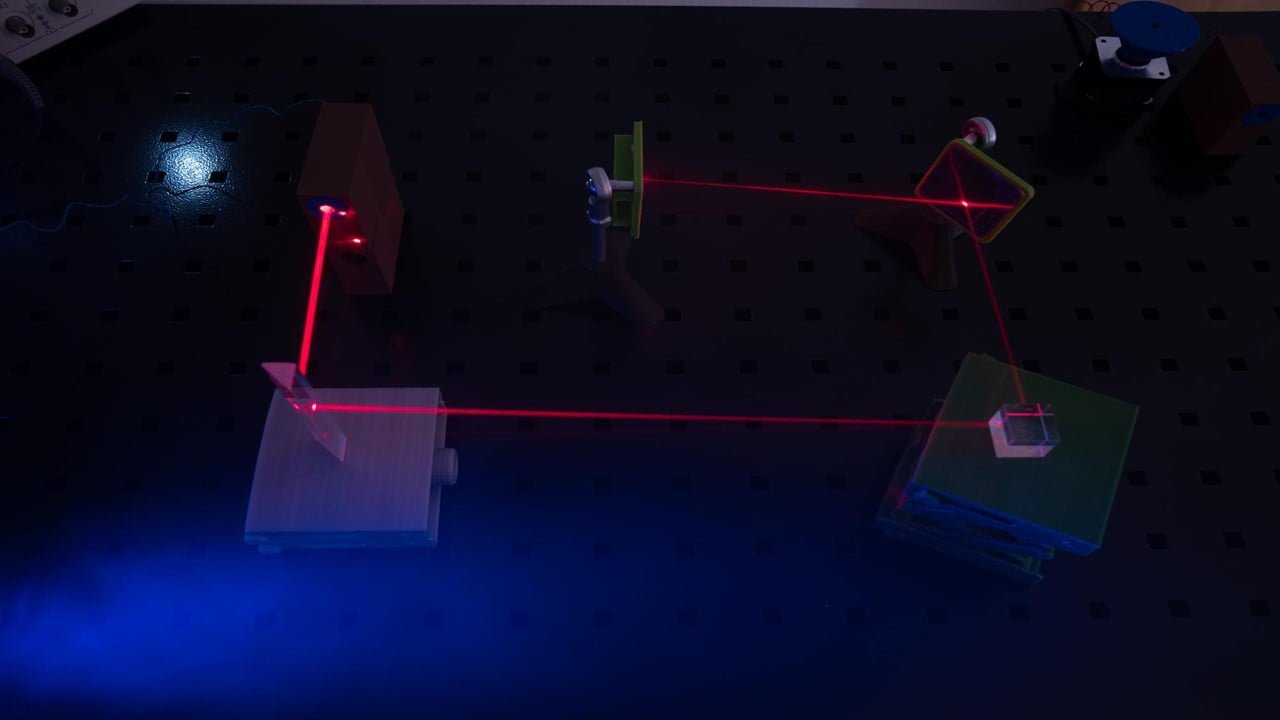
Researchers have created a wearable optical device to detect bleeding during or after delivery early. This severe, profuse bleeding, responsible for about 30% of maternal fatalities worldwide, can be difficult to identify before it becomes an emergency. According to studies, the greatest strategy to avoid mortality from postpartum hemorrhage is to diagnose and treat the [..]
Read More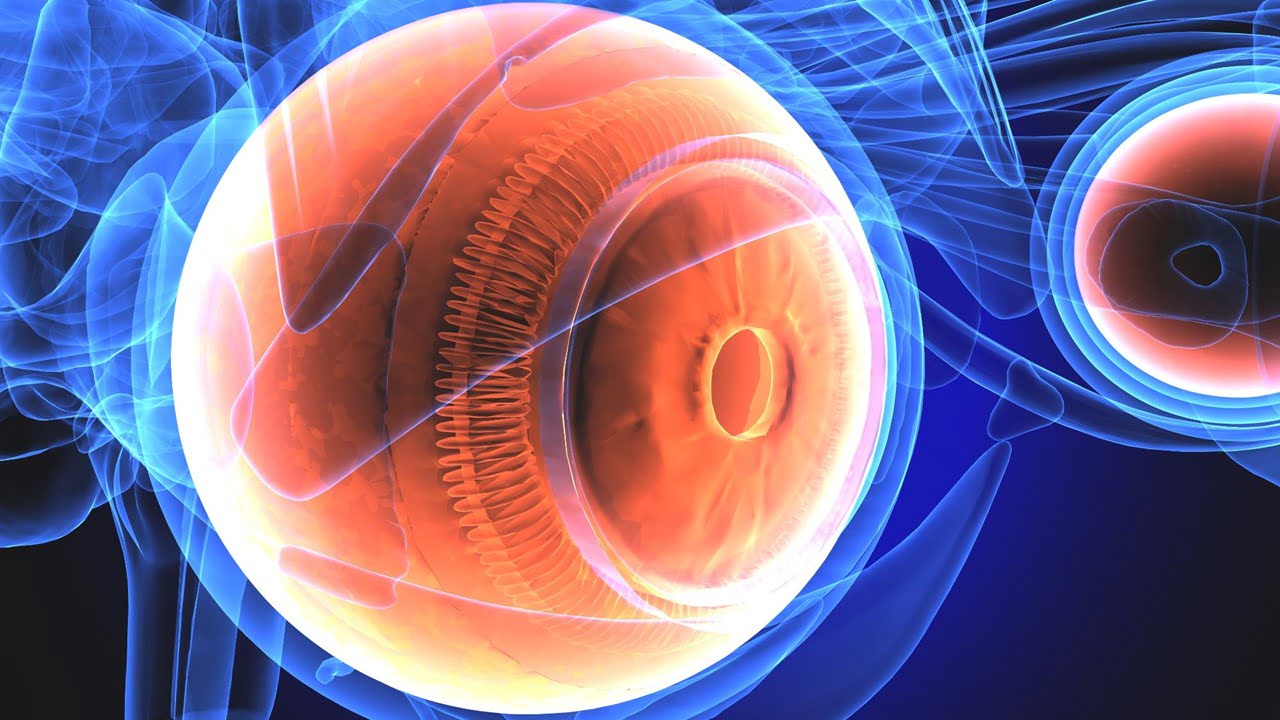
Scientists create computer models of the patient’s eyes to choose the best intraocular lenses and visual simulators for patients to experience what they would see with them. Researchers built computational eye models using the corneas of patients who had undergone LASIK surgery to understand better how conventional intraocular lenses and lenses intended to improve depth [..]
Read More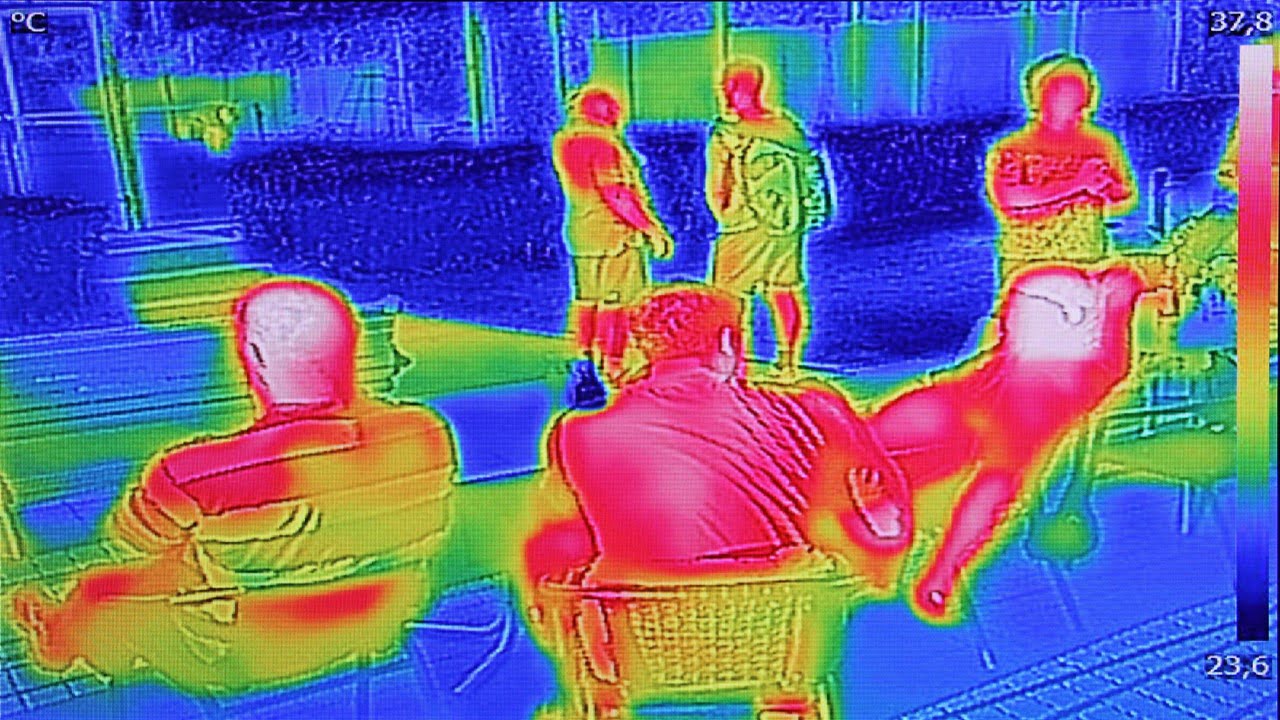
Researchers’ new technique, which enhances conventional machine vision and perception, is improving the field of robotics and autonomy. They have created heat-assisted detection and ranging, or HADAR. Conventional active sensors that gather three-dimensional data, such as LiDAR, radar, and sonar, have disadvantages such as interference and potential eye safety hazards. Conventional thermal imaging is a [..]
Read More
When added to silicate glass, niobium oxide (Nb2O5) causes silica network polymerization, raising bond density and connectivity and improving specialty glass’s mechanical and thermal durability. It is the first study to demonstrate this effect. The work integrated computational modeling with actual Raman and nuclear magnetic resonance spectroscopy findings. In addition to the previously reported findings, [..]
Read More
When it comes to high-capacity screening tests, or assays, for detecting and targeting certain cells or analytes (substances whose chemical makeup is the goal of identification), the static droplet array (SDA) is an essential and fundamental instrument. One significant technological barrier that prevents the SDA’s wider use is the extraction and collection of target droplets [..]
Read More
Virtually applying makeup before completing a purchase or having pterodactyls swoop above in a game are just two examples of how augmented reality and other immersive technologies are changing how we play, watch, and learn. Immersion displays would realize their full potential using low-cost, ultra-small light-emitting diodes (LEDs) or micro-LEDs. However, these LEDs still need [..]
Read More
The rapid expansion of artificial intelligence (AI) and machine learning (ML) applications requires effective connectivity between processing units and high-speed transmission. It has increased interest in optical interconnects, especially for short-range connections between XPUs (CPUs, GPUs, and memory). When compared to conventional methods, silicon photonics is showing promise as a technology for enhanced performance, cost-effectiveness, and [..]
Read More